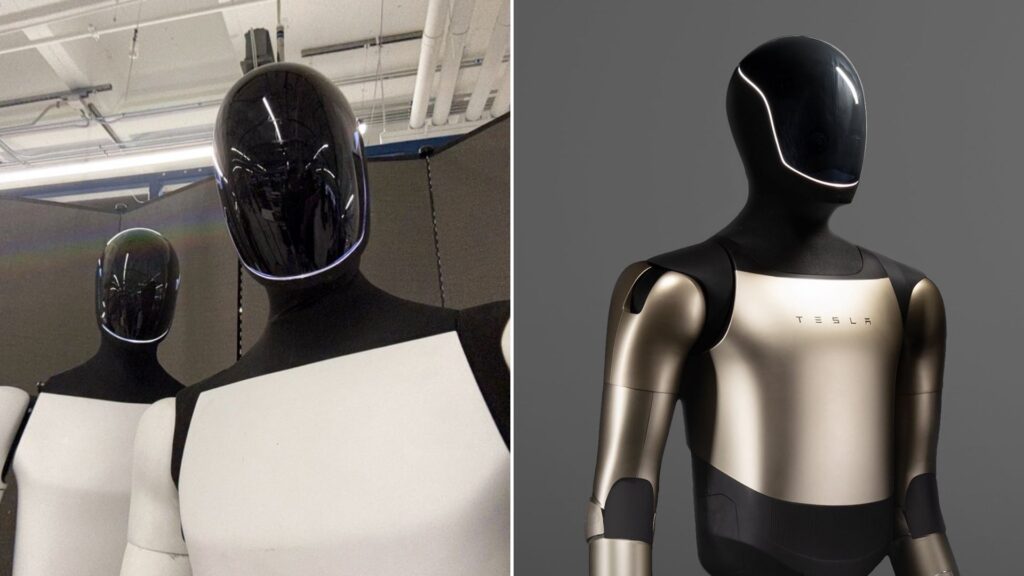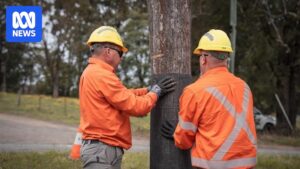
Tesla’s humanoid robot, Optimus, has showcased significant yet selective advancements in its capabilities through 2024 and 2025. In a series of public demonstrations, Optimus has been seen walking with improved gait dynamics, performing basic household chores, and engaging in simple pick-and-place operations. These demonstrations, while promising, highlight both the progress and the limitations of Tesla’s ambitious robotics project.
The announcement comes as Tesla’s core electric vehicle business faces financial pressures in 2025, raising questions about whether Optimus can deliver commercial returns at scale. Despite these challenges, Tesla continues to push forward with its vision of a versatile humanoid robot.
Key Improvements and Current Limitations
One of the most noticeable improvements in Optimus is its walking ability, which now features a more natural heel-to-toe stride. This development, while seemingly minor, places Optimus ahead of many competitors still struggling with basic locomotion. Tesla has marketed Optimus as an industrial robot, but recent demonstrations have shown it performing household chores, aligning with a broader trend in the humanoid robotics industry.
However, Tesla’s demonstrations reveal that Optimus operates reliably only in structured or lightly staged settings. This limitation underscores the challenges of achieving robust autonomy in unstructured environments, such as homes or fully operational factory cells.
Technological Advances and Integration
The latest iterations of Optimus have focused on integration-level improvements rather than dramatic breakthroughs. Tesla has enhanced the robot’s gait and full-body coordination, framing these advancements as progress in whole-body control. Additionally, Tesla’s shift towards vision-only imitation learning from human video data marks a strategic move to scale skill acquisition without the need for hand-crafted controllers for each task.
According to Tesla, these advancements have allowed Optimus to integrate locomotion, perception, and basic manipulation under a single control stack. If these capabilities can be generalized, they could reduce engineering brittleness and simplify the addition of new behaviors.
Comparative Analysis: Optimus vs. Other Humanoids
Mobility and Agility: The Benchmark vs. Boston Dynamics
Boston Dynamics’ Atlas robot remains the benchmark for dynamic agility, showcasing advanced dynamic behaviors such as vaults, jumps, and rapid balance recovery. In contrast, Optimus has prioritized steadier, energy-efficient walking and whole-body coordination. For applications requiring high-speed obstacle negotiation, Atlas-class performance remains unmatched.
Task Usefulness and Commercialization: Digit, Figure, Apptronik
Companies like Agility Robotics, with its Digit robot, have focused on commercial validation and use-case deployment. Digit has entered paid pilots and logistics deployments, demonstrating measurable value in warehouse contexts. Meanwhile, Tesla’s demonstrations have emphasized the breadth of Optimus’s capabilities, from household chores to industrial handling, but have yet to achieve verified, revenue-driven field deployments.
Challenges and Future Prospects
Release Timeline and Supply Risks
Tesla’s timeline for Optimus has shifted repeatedly, with ambitious targets set by CEO Elon Musk. However, independent reports suggest that production counts in 2025 are in the hundreds rather than the thousands needed to meet these targets. Additionally, material supply constraints, exacerbated by geopolitical tensions, pose risks to production economics and timelines.
Cost and Customer Economics
Musk’s public price target for Optimus, ranging from $20,000 to $30,000 at scale, positions the robot as affordable relative to other industrial robots. However, until Tesla demonstrates replicable manufacturing cost curves and operational economics, this price remains aspirational.
“The commercial test that will decide competitiveness is straightforward. Can Optimus deliver more value than its total cost of ownership over its lifetime compared with existing automation alternatives?”
As Tesla continues to develop Optimus, the project’s success will depend on its ability to move from demonstration to sustained, verifiable results. The ultimate test will be whether Optimus can consistently perform valuable tasks in real-world settings, offering a clear advantage over existing automation solutions.
In conclusion, Tesla’s Optimus robot represents a significant effort in the field of humanoid robotics, with notable advancements in integration and vision-based training. However, the path to commercial viability remains fraught with challenges, from technological hurdles to supply chain risks. The coming years will be crucial in determining whether Optimus can fulfill its potential as a transformative force in both industrial and domestic settings.





